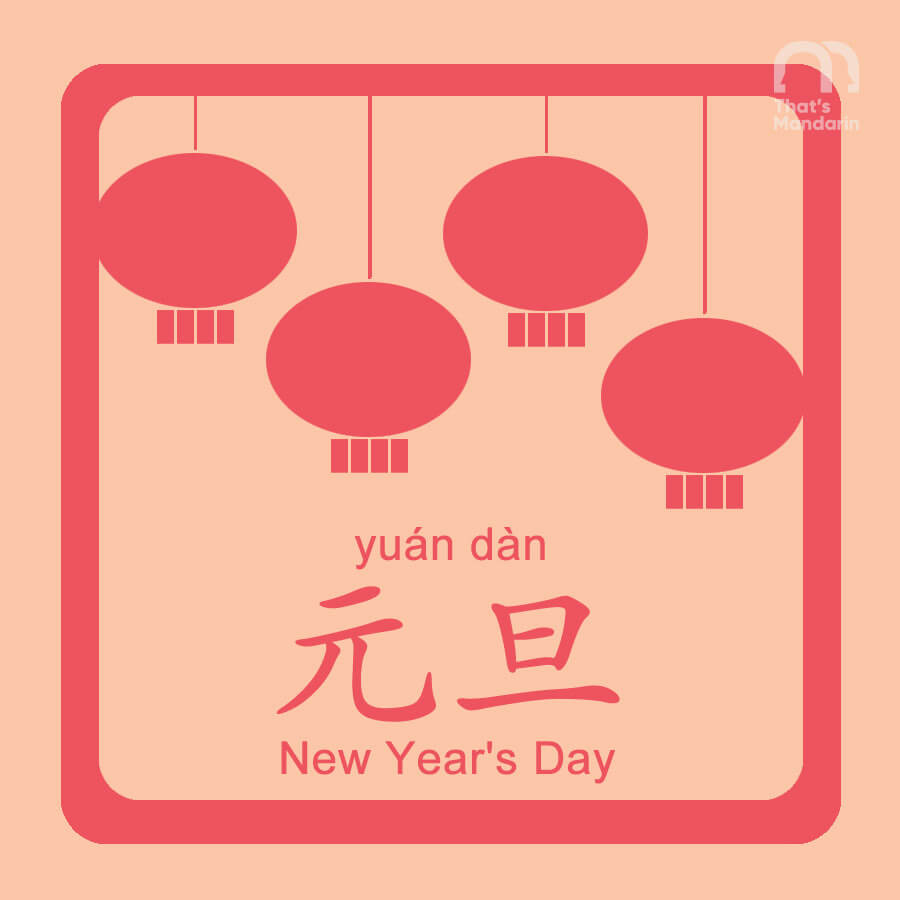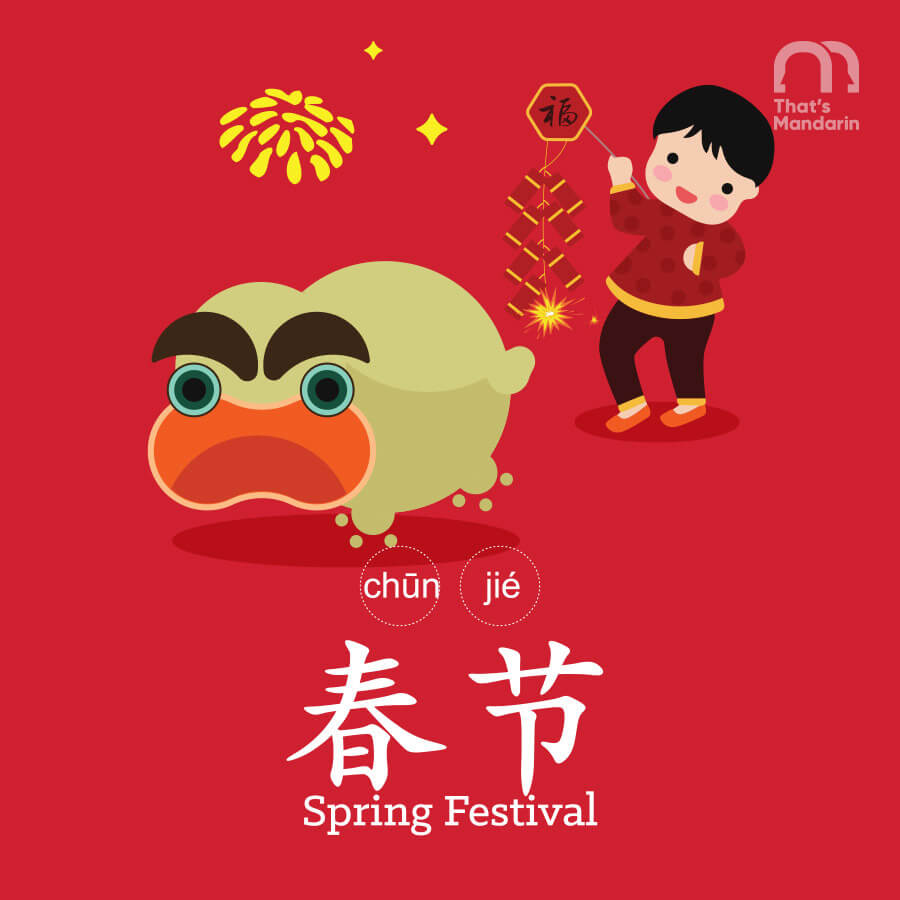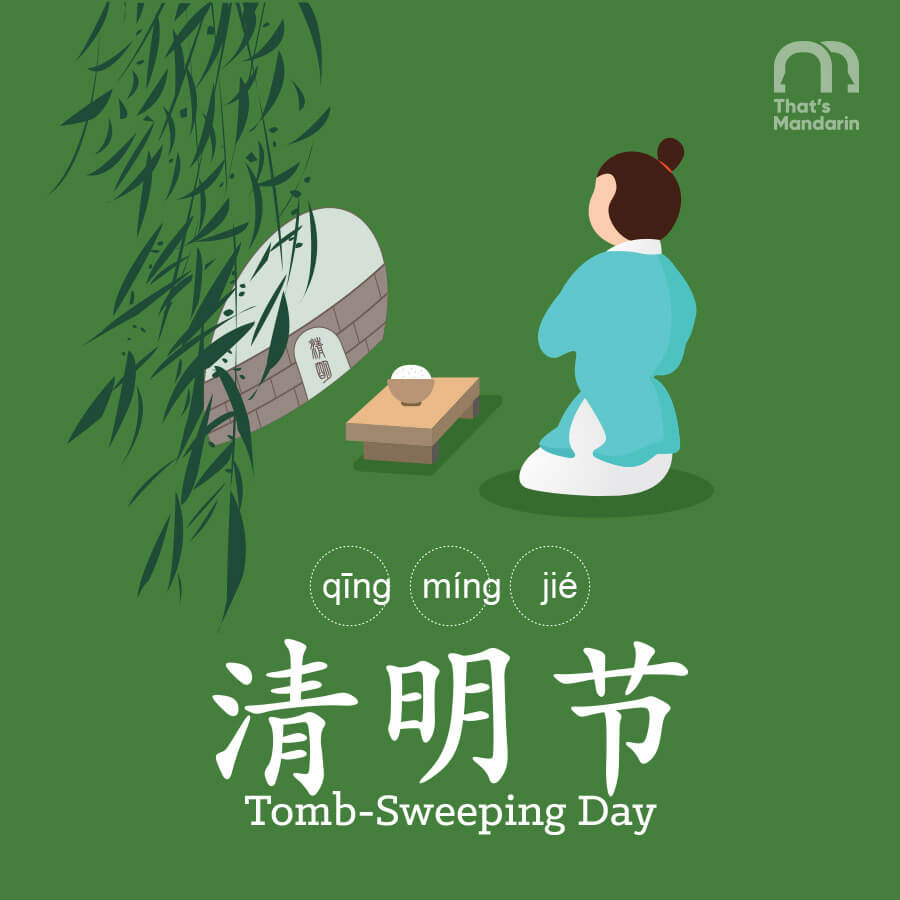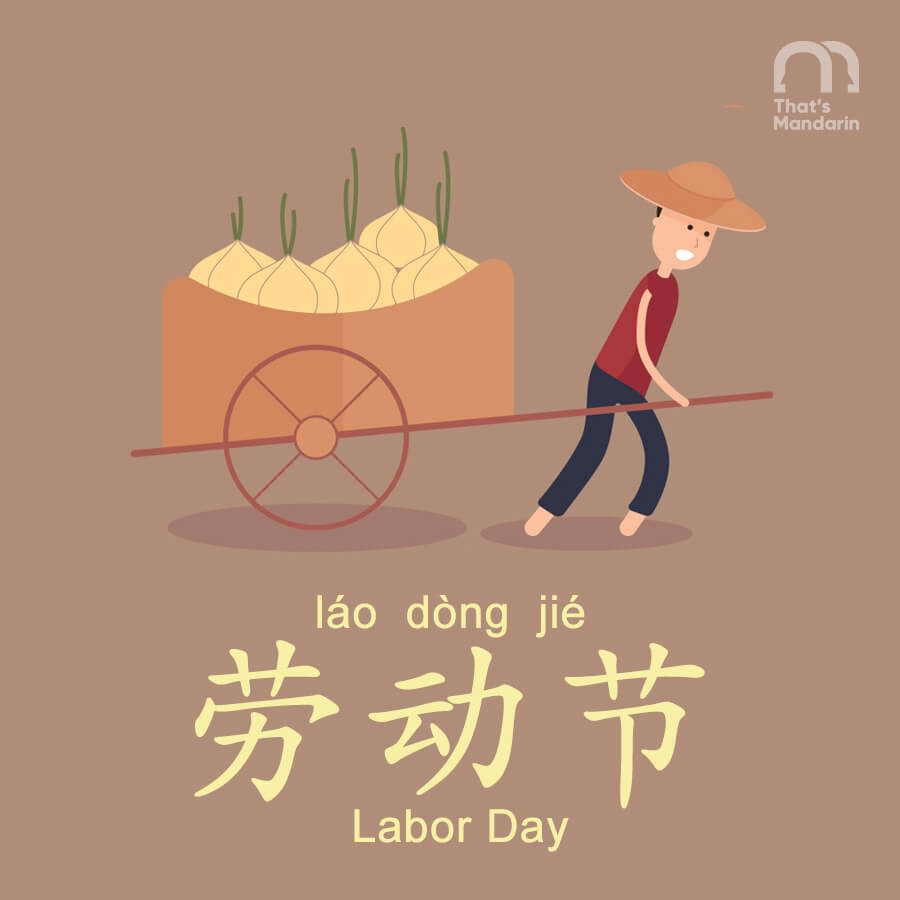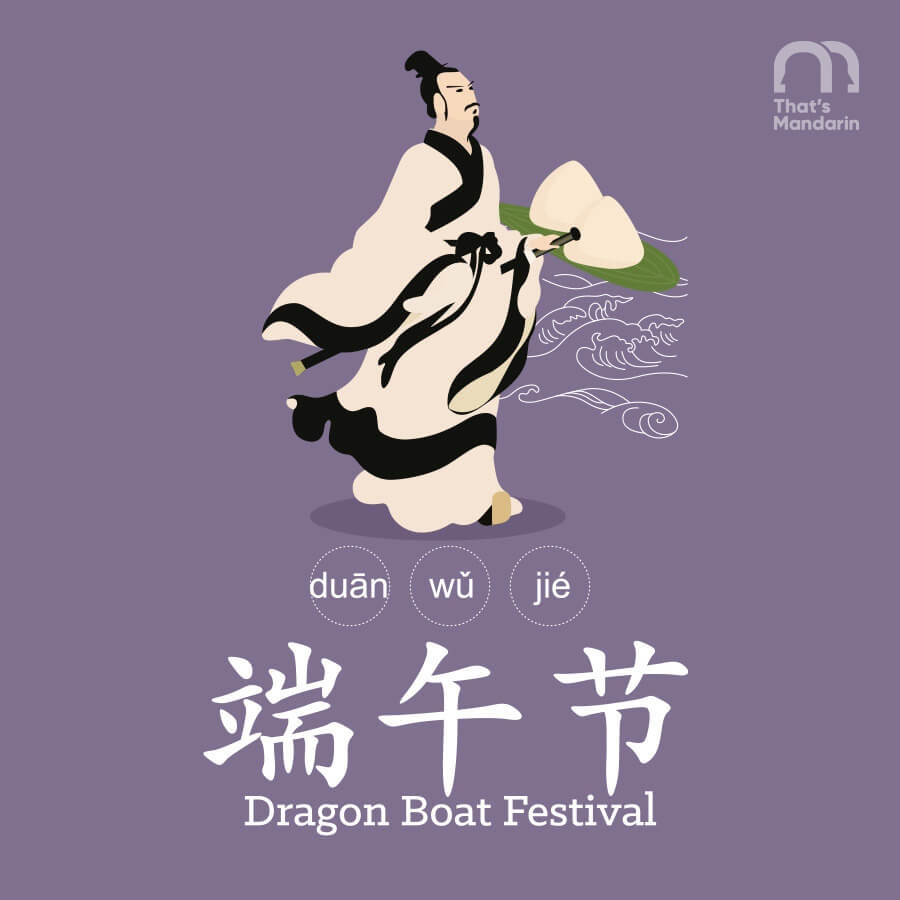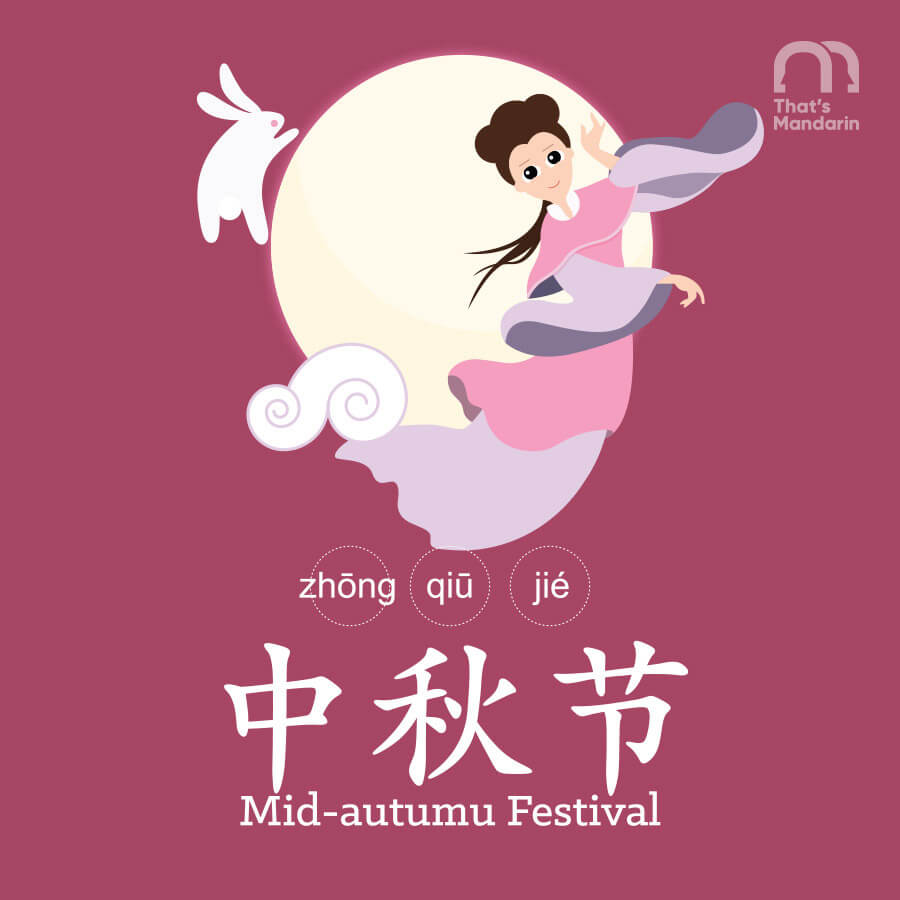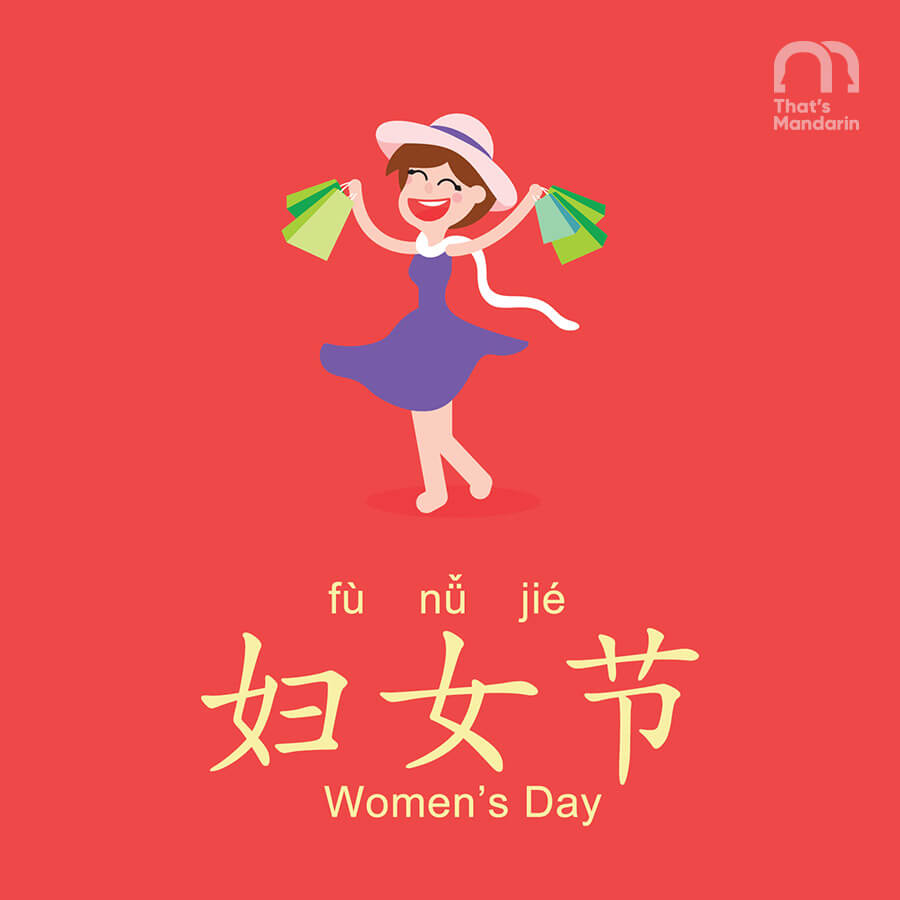Chinese National Holidays in 2020
all you need to knowAs the New Year approaches it’s time to look ahead at what’s in store! The New Year is also a time to reflect on what the previous year brought and set goals for the future. Let’s see what Chinese National holidays are waiting for us in 2020.
Below is a list of all the public holidays, and dates, for China in 2020 to help you better plan your year.
Here are the Chinese National Holidays in 2020:
- Jan 1: New Year Holiday (元旦)
- Jan 24–30: Spring Festival, AKA Chinese New Year (春节)
- Apr 4–6: Tomb Sweeping Day (清明节)
- May 1–5: Labour Day Holiday (劳动节)
- Jun 25–27: Dragon Boat Festival (端午节)
- Oct 1–8: National Day (国庆节), Mid-Autumn Festival (中秋节) and Golden Week (黄金周)
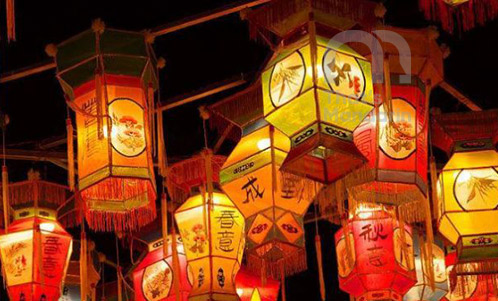
Chinese National Holidays in 2020
Jan 1: New Year Holiday (元旦)
On the first of January will be the New Year holiday. This is considered the first day of 2020. It’s taken from the Gregorian calendar which is commonly used around the world. According to this calendar, which is based on the Earth’s orbit around the sun, a year is approximately 365 days long.
January 24 – 30: Spring Festival, also known as Chinese New Year (春节)
In 2020 the Chinese New Year, also sometimes called the Lunar New Year, falls on January 25th. The Spring festival holiday lasts 7 days from January 24 to January 30th.
The Chinese New Year is based on the traditional Chinese calendar, which is lunisolar, meaning it is based on the cycles of the moon as well as the Earth’s orbit around the sun. Due to this, determining the date of the Chinese New Year isn’t so straightforward as it requires some complicated calculations!
A normal year as measured on the Chinese calendar last from 353 to 355 days and a month lasts 28 days.
The years of the Chinese calendar work on a 12-year cycle. Each year is represented by an animal. The animals, in order, are as follows: Rat, Ox, Tiger, Rabbit, Dragon, Snake, Horse, Goat, Monkey, Rooster, Dog, Pig. It is thought that people born during a certain year will have the attributes of their corresponding zodiac animal. 2019 was the year of the Pig and 2020 will be the year of the Rat.
The Chinese New Year holiday is arguably the most important holiday of the year. Huge celebrations are carried out throughout the country. During this holiday, it is common for people to give out ‘red envelopes’, called 红包 in Chinese. These red envelopes contain money and are mostly given to children. Along with red envelopes, you can also expect to see (and hear) a lot of firecrackers and red decorations!
April 4 – 6: Tomb Sweeping Day (清明节)
清明节, or ‘Tomb Sweeping day’ as it’s commonly called in English, will take place from the 4th to the 6th of April. This holiday dates back to over 2500 years ago. It is recognised as an important day to show respect to one’s ancestors.
On this day, Chinese people honour and commemorate their ancestors by visiting their graves. They make offerings of food and tea and burning incense. They also repair and sweep the tombs.
Kite flying is another common activity on this day. Coloured lanterns are often tied to the kites and when flown in the evening, look like stars.
As with most Chinese holidays, it is also common to eat specific foods on this day. But this can vary depending on which area of China you’re in. These often include Green rice balls (青团) made from glutinous rice mixed with mugwort, a wild herb and Fried Dough Twists (馓子) made from either wheat or rice flour.
May 1 – 5: Labour Day Holiday (劳动节)
Labour day is also called Worker’s day. It is a public holiday that celebrates workers contributions to the country. Unlike other Chinese holidays, labour day is based on the traditional Gregorian calendar. That is opposed to the Chinese lunar calendar.
The labour day holiday is 3 days long but this year stretches over a weekend. So you’ll get 5 consecutive days off to do as you please.
Traditionally, the labour day holiday is a time where people get together for family fun. Due to the warm weather over this period, it’s common for people to travel to natural settings and enjoy time outside.
While there are no traditional foods or cultural activities on this day, you can be sure there will be plenty to do in and outside of the cities.
June 25 – 27: Dragon Boat Festival (端午节)
The Dragon Boat festival is considered an important and traditional holiday in China. The dragon boat festival is called 端午节 in Chinese and takes place on the fifth day of the fifth month of the Chinese lunar calendar.
The origin of the dragon boat festival is said to go all the way back to the 3rd century BC to the time of Qu Yuan, a patriotic poet who was a loyal official to the state of Chu. When the state of Qin conquered the state of Chu, Qu Yuan was so distraught that he drowned himself in a river.
When the local people heard of Qu Yuan’s death, they were very sad and rowed out on the river in search of his body. In order to keep fish from eating Qu Yuan’s body they threw balls of rice into the water for them to eat.
On this day Chinese people commemorate Qu Yuan by racing dragon boats and eating special sticky rice dumplings called Zongzi.
October 1 – 8: National Day (国庆节), Mid-Autumn Festival (中秋节) and Golden Week (黄金周)
October first is National Day. It is a day to commemorate the founding of the People’s Republic of China in 1949. The holiday that follows lasts until the 7th and it usually referred to as ‘Golden Week’.
The People’s Republish of China was established on October 1st, 1949. On this day, Mao Zedong raised the first communist flag of China among many thousands of soldiers and other people who had gathered at Tiananmen Square in Beijing.
This year, the mid-Autumn festival also lands on October 1st. The mid-autumn festival is often called ‘moon day’ or ‘mooncake day’. Traditionally it is a day to gather with family, eat mooncakes and light paper lanterns. The mid-Autumn festival is also the most important national holiday after Chinese New Year. It is originated more than 3000 years ago when Chinese emperors worshipped the moon in Autumn to thank it for the harvest.
Golden week (1 – 7 October) is the biggest week for tourism in China, as people get adequate time off to travel or reunite with family members. Besides, Golden week is prime time for shopping and there are also government-sponsored celebrations and fireworks shows in the city.
It’s important to remember that if you want to travel in China during golden week, you must book well in advance! Transportation is also very crowded during this time and hotel prices generally increase so plan out your trip wisely.
Due to National Day and the Mid-Autumn festival coinciding this year, the holiday gets stretched to the 8th.
Other notable holidays
While we’ve covered the main public holidays above, there are four other notable holidays which are only observed by specific social groups. These are:
- International Women’s Day (March 8) – Observed for half a day by women only
- Youth Day (May 4) – Observed for half a day by youths between 14-28 years of age
- Children’s Day (June 1) – Observed for a full day by children below 14 years of age
- Army Day (August 1) – Observed for half a day by military personnel in active service
Summing up
Well, there it is, all the Chinese National Holidays for 2020. Remember, if you’re planning on traveling to or within China during any of these periods, it’s important to book early and plan wisely as things can get quite chaotic. Especially if you’re planning to visit a major tourist attraction.
We hope you enjoyed reading this article, and we also wish everyone a wonderful year ahead!
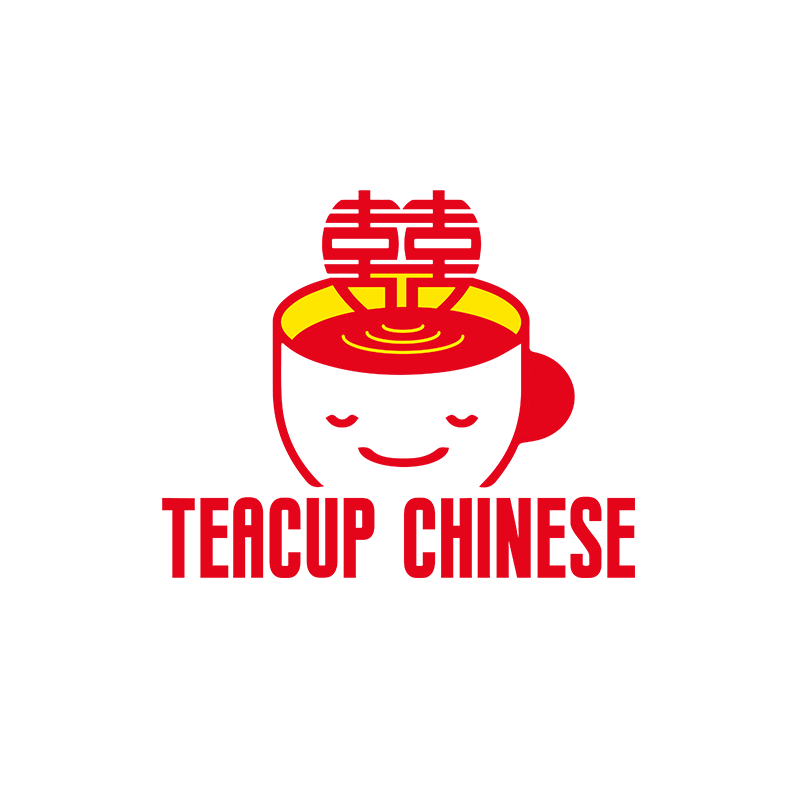
GUEST ARTICLE BY TEACUP CHINESE
Teacup Chinese is a platform for Chinese language geeks or anyone who dreams of living and working in China. Our aim is to help and support you on your China adventure, whatever that may be! Check out our website for Chinese language resources, discounted English teaching programs and general information on life in China and learning Chinese.

